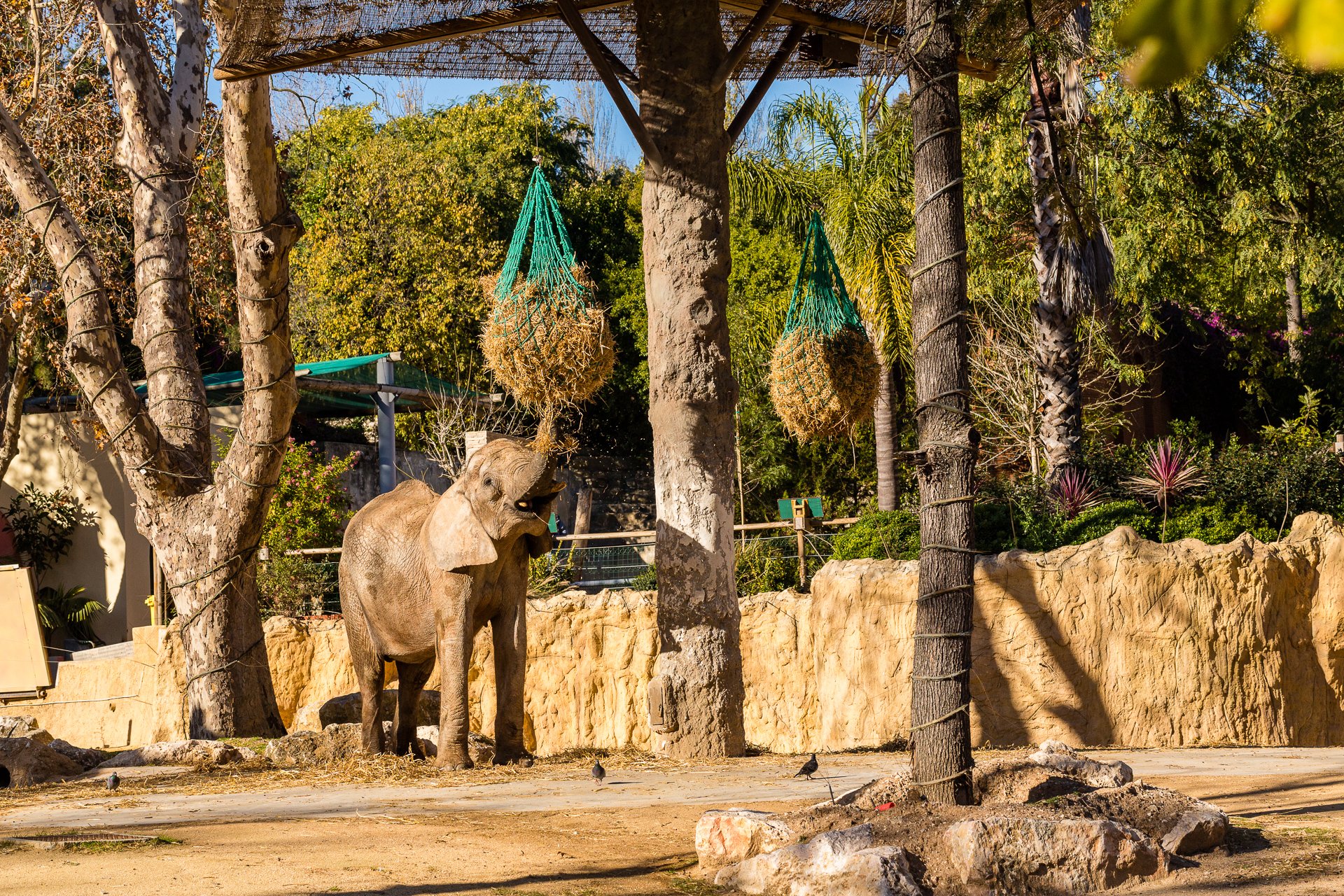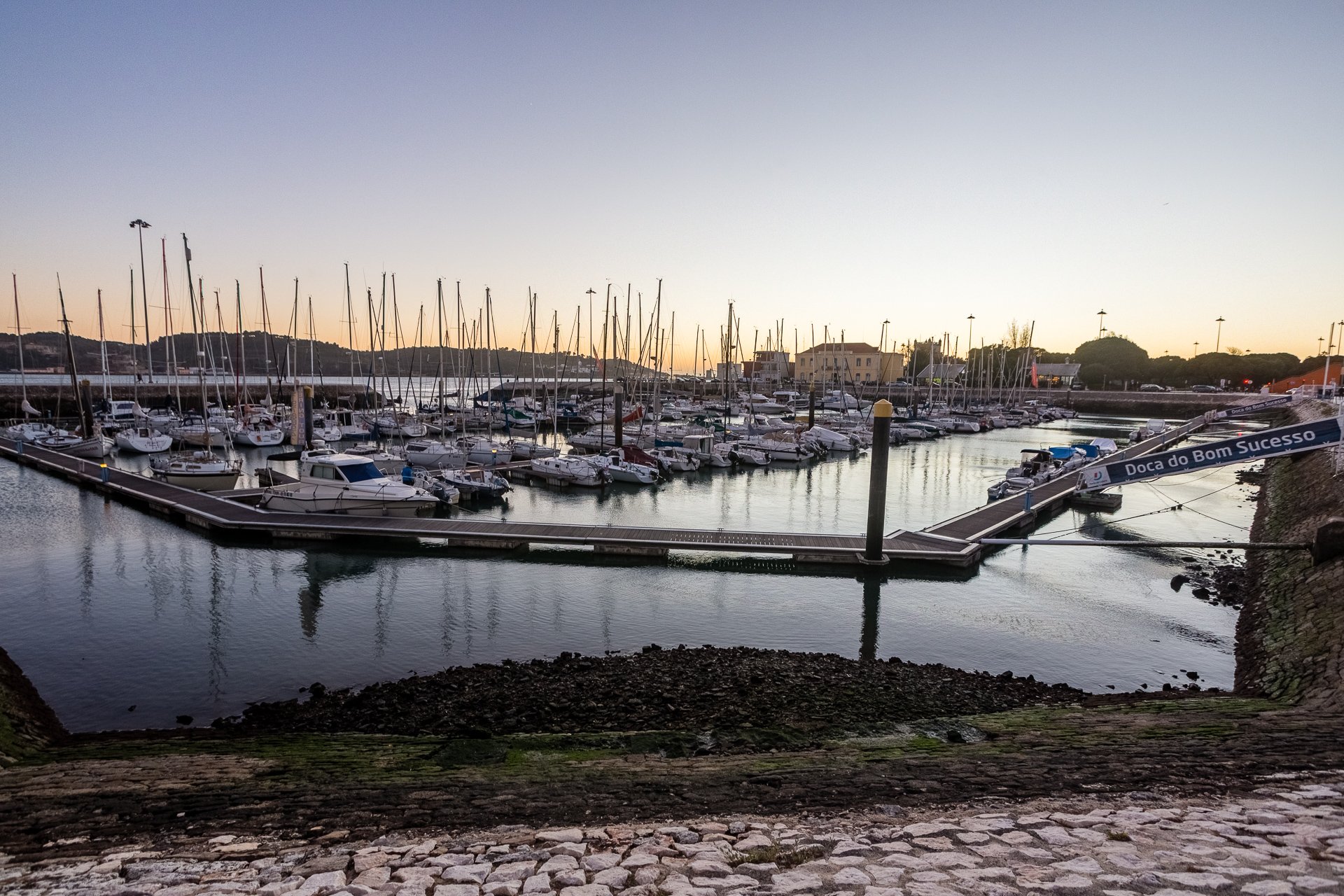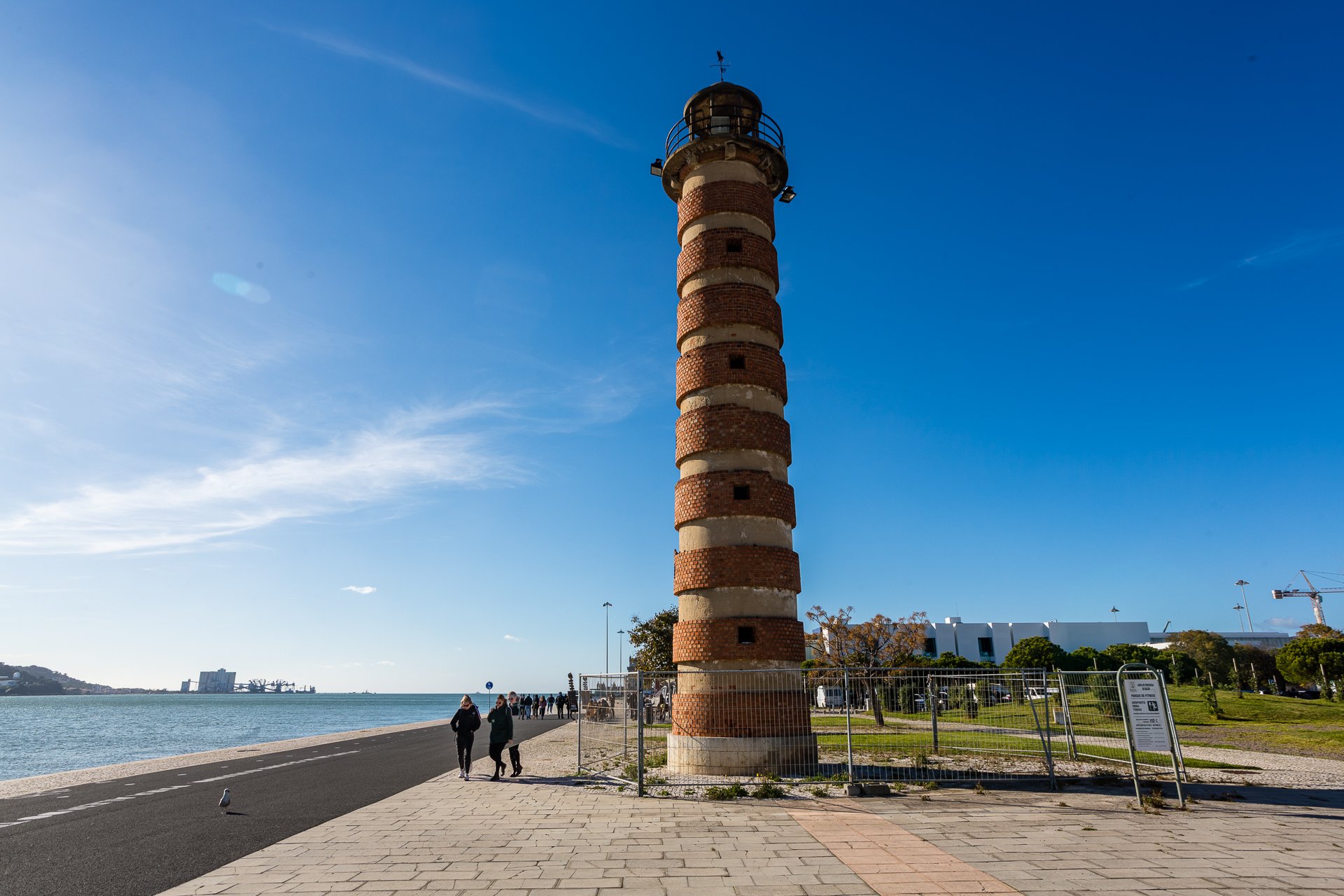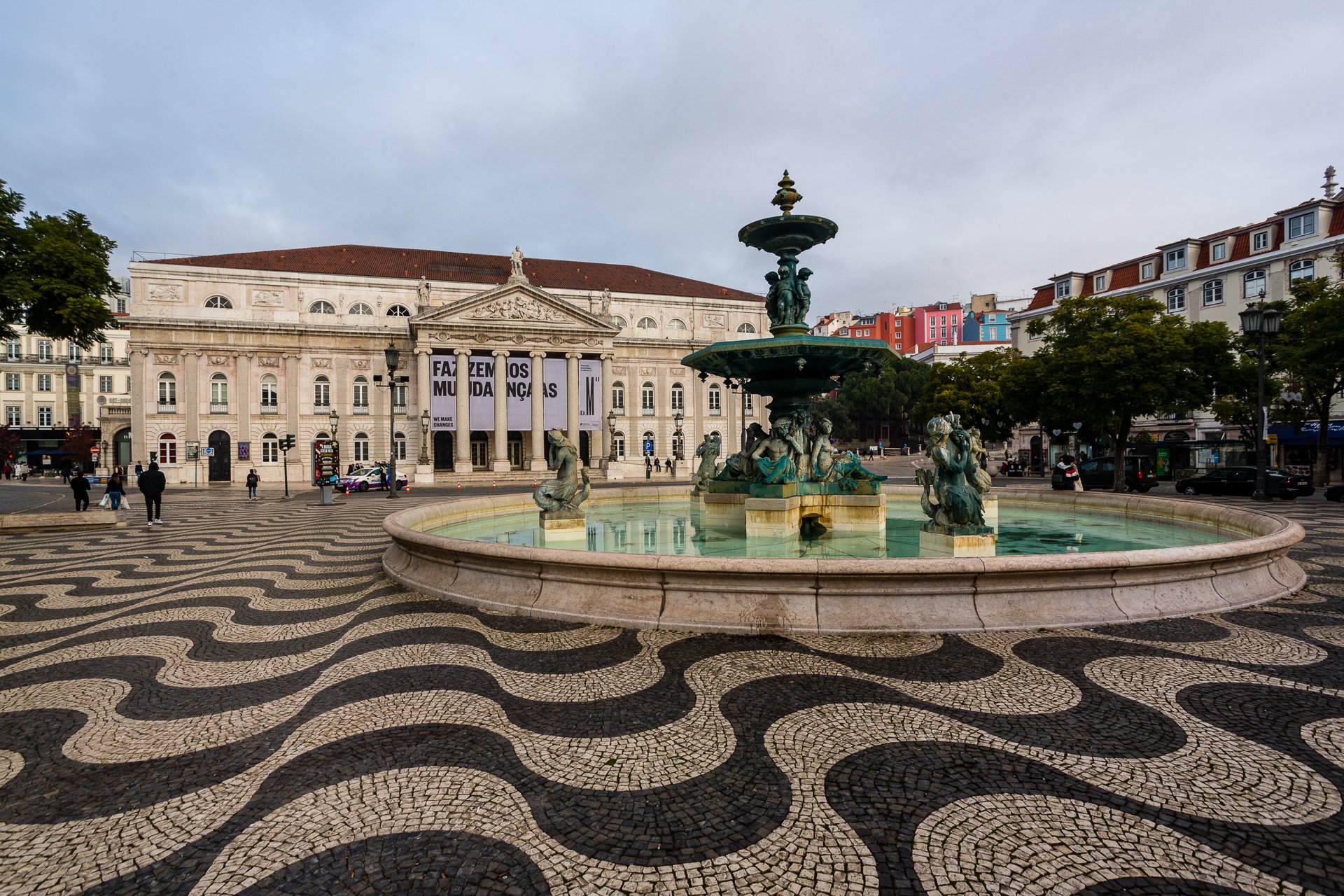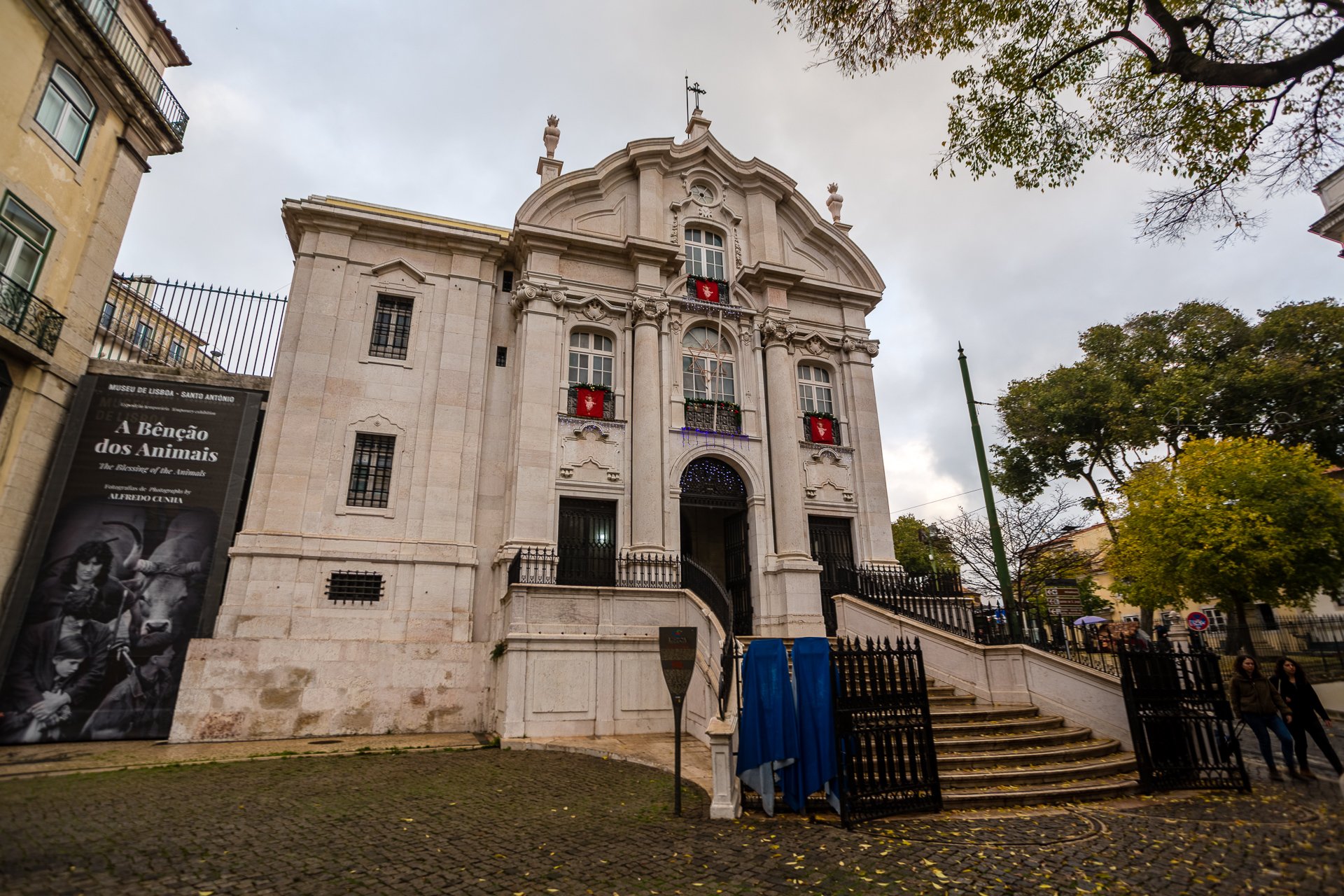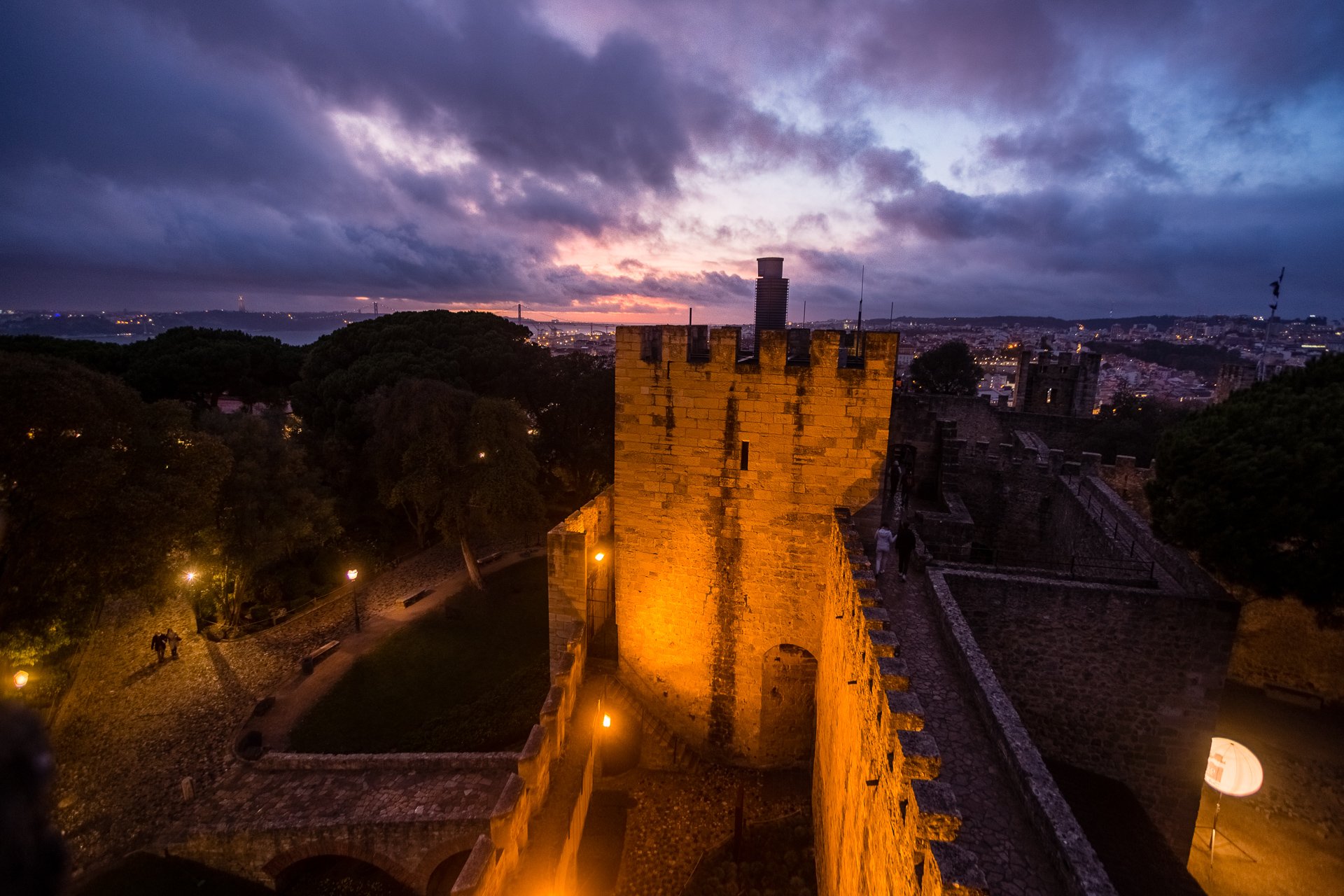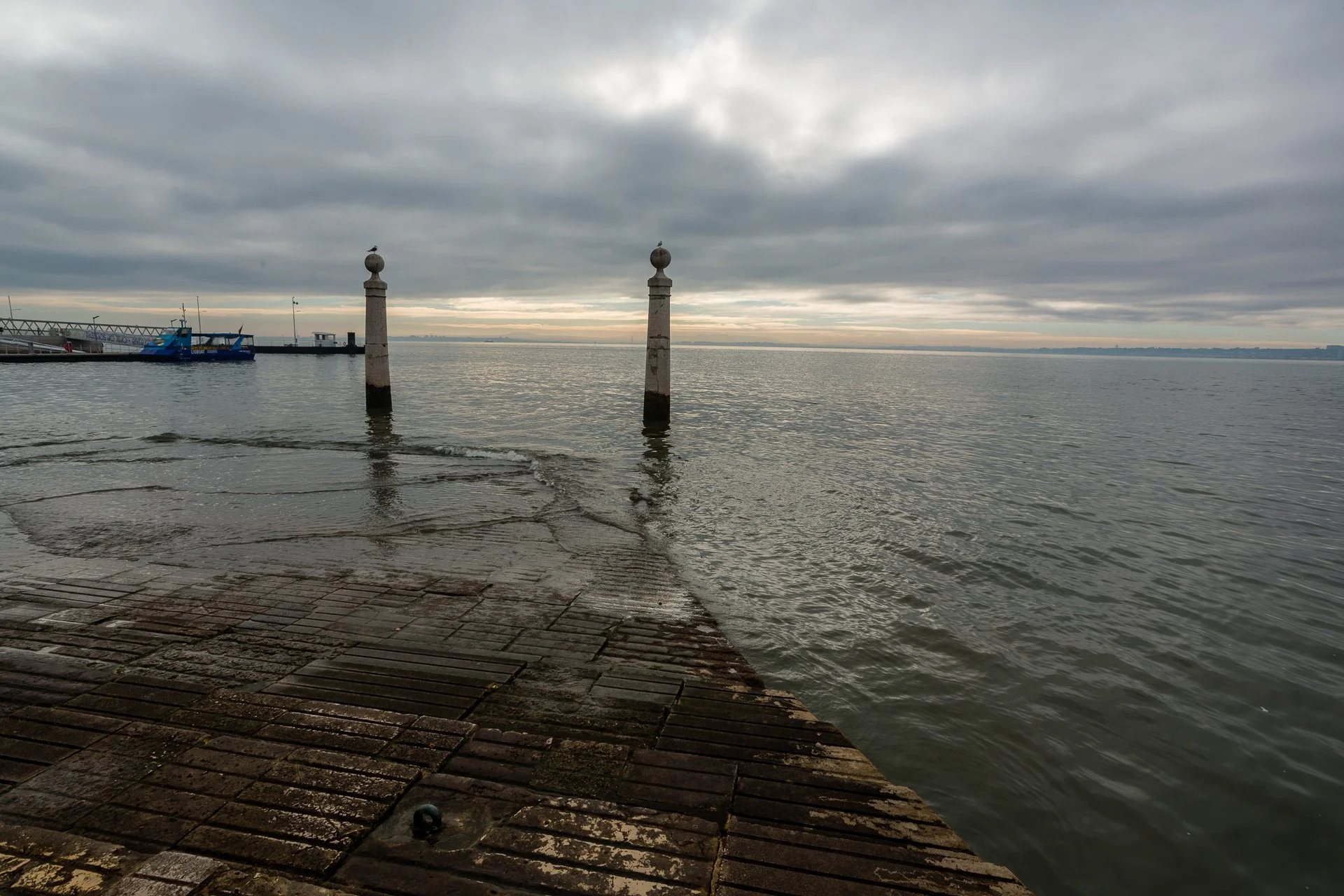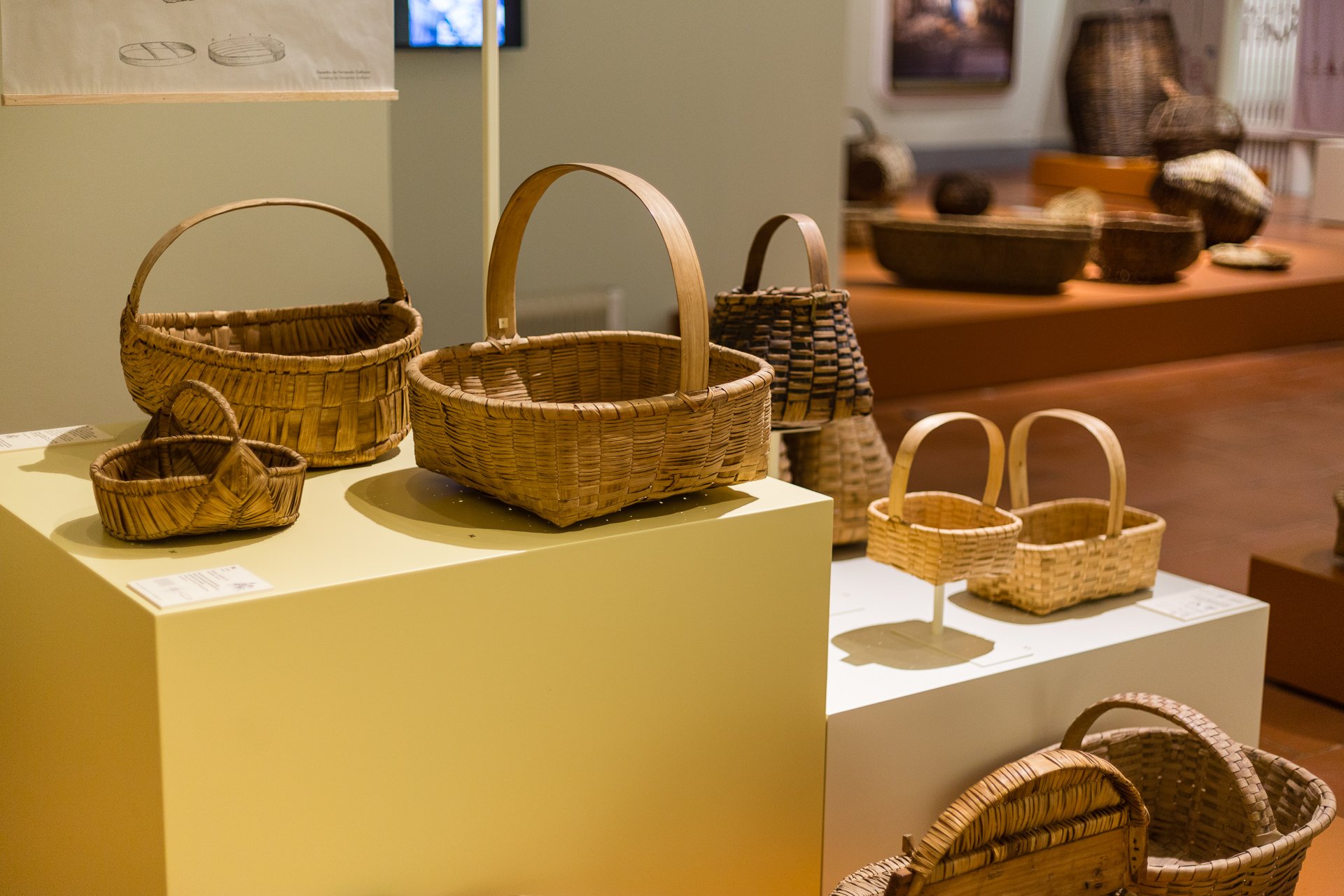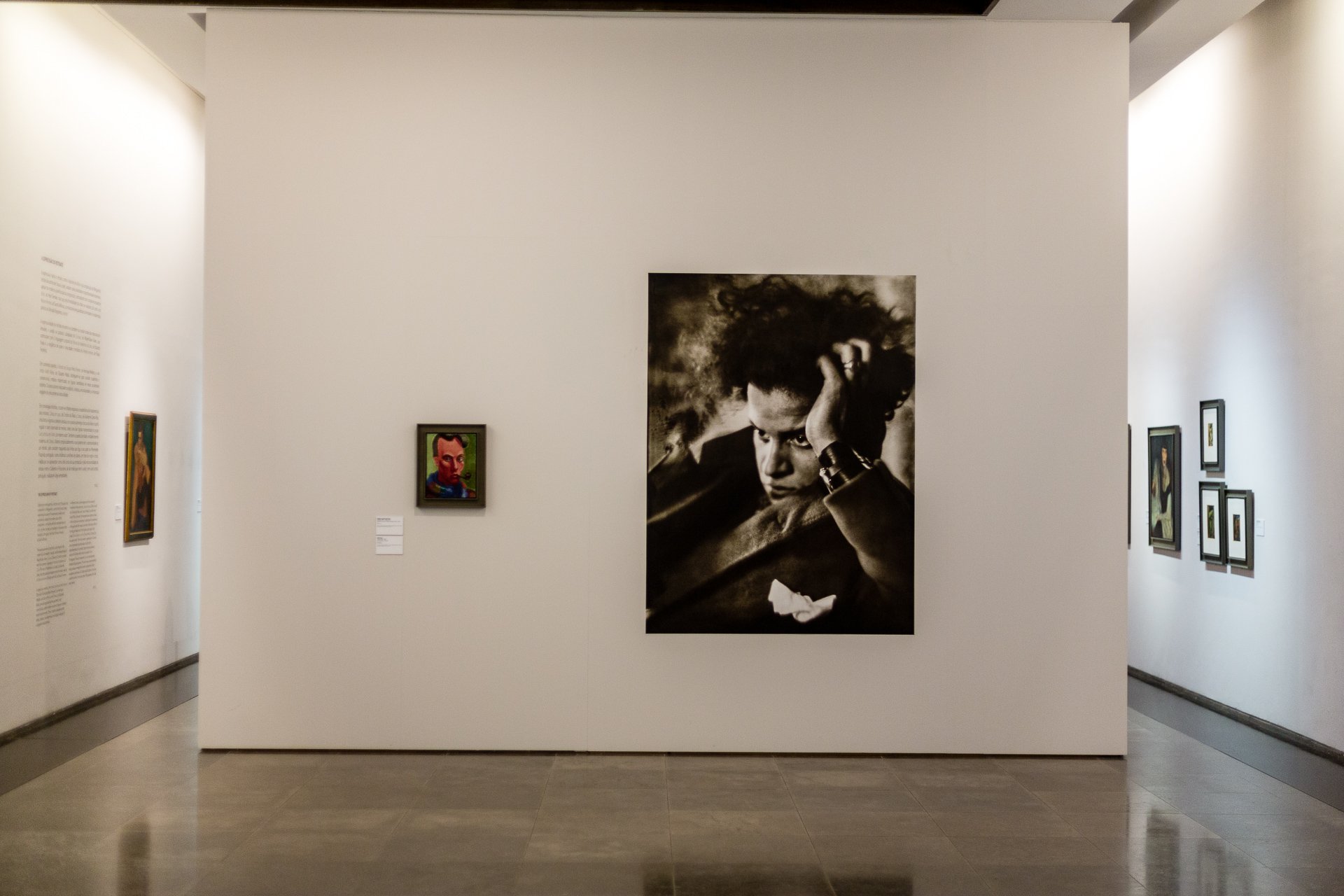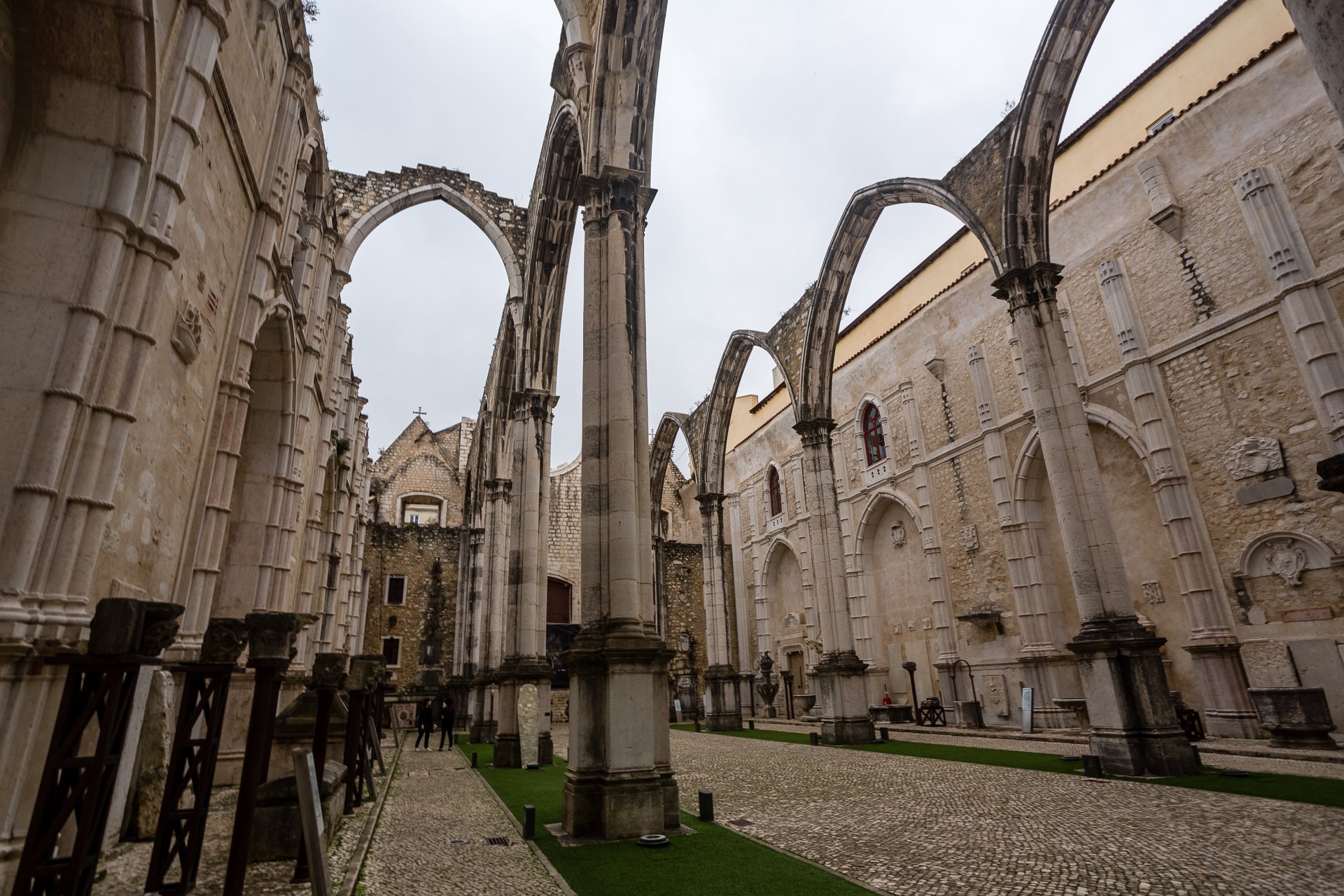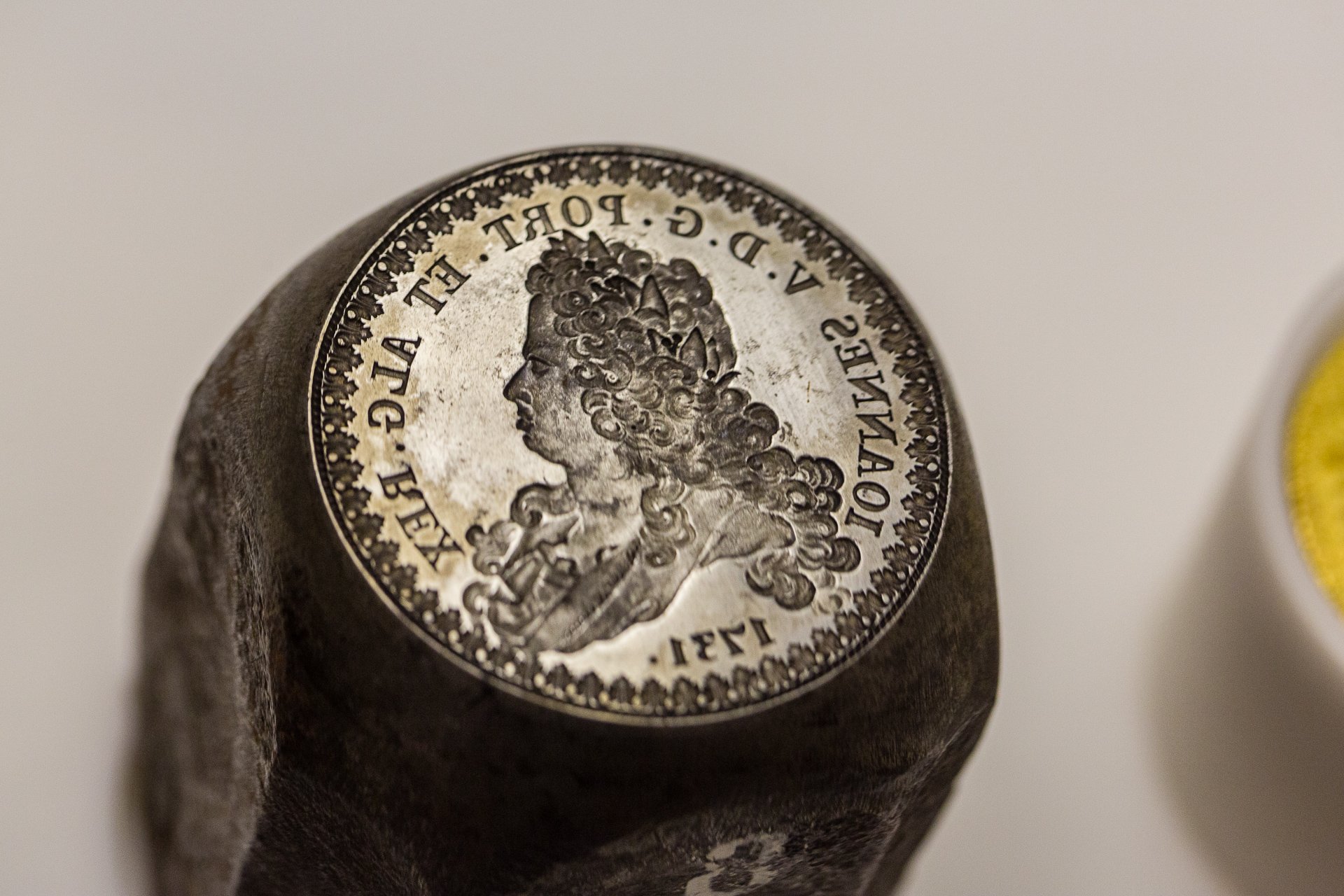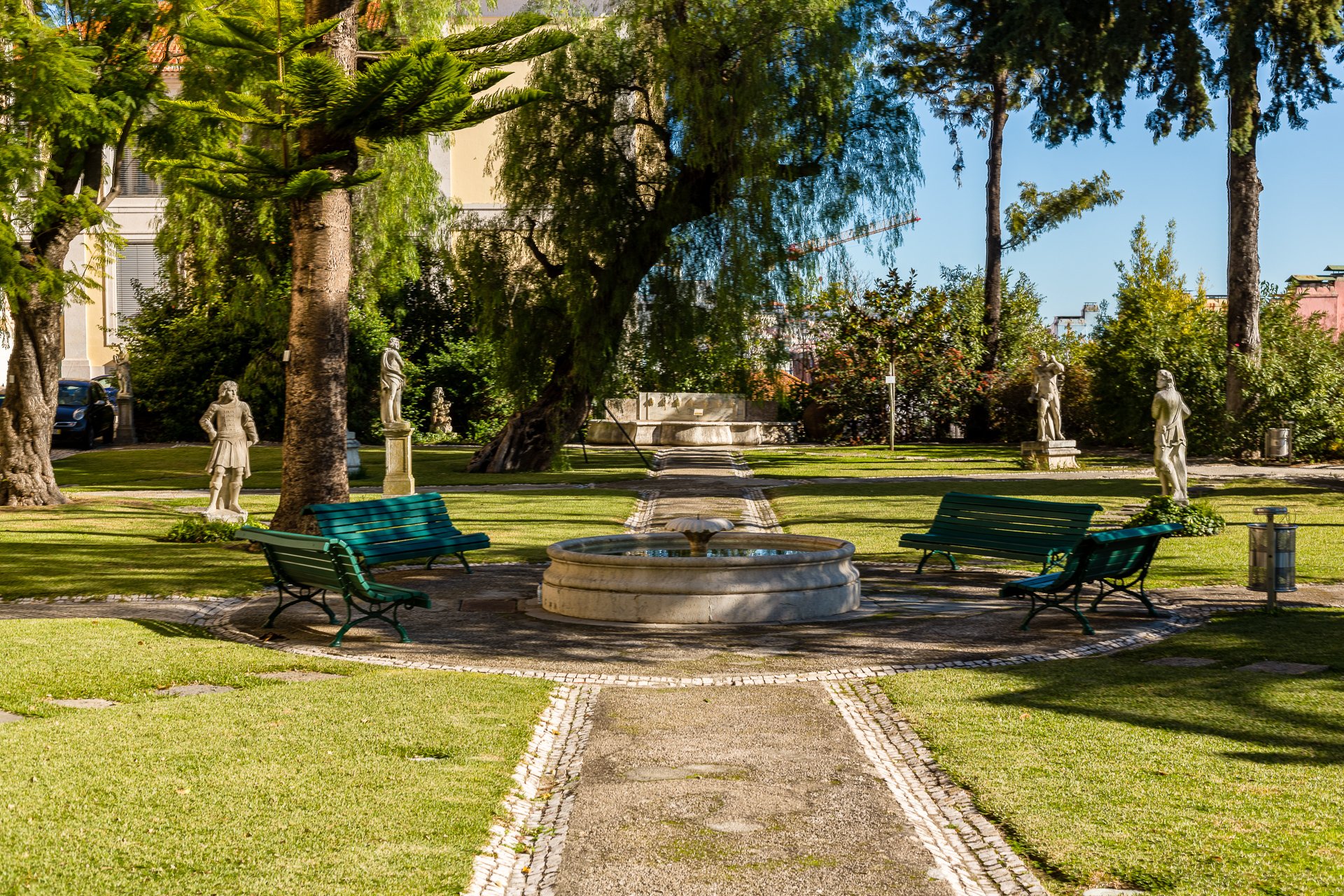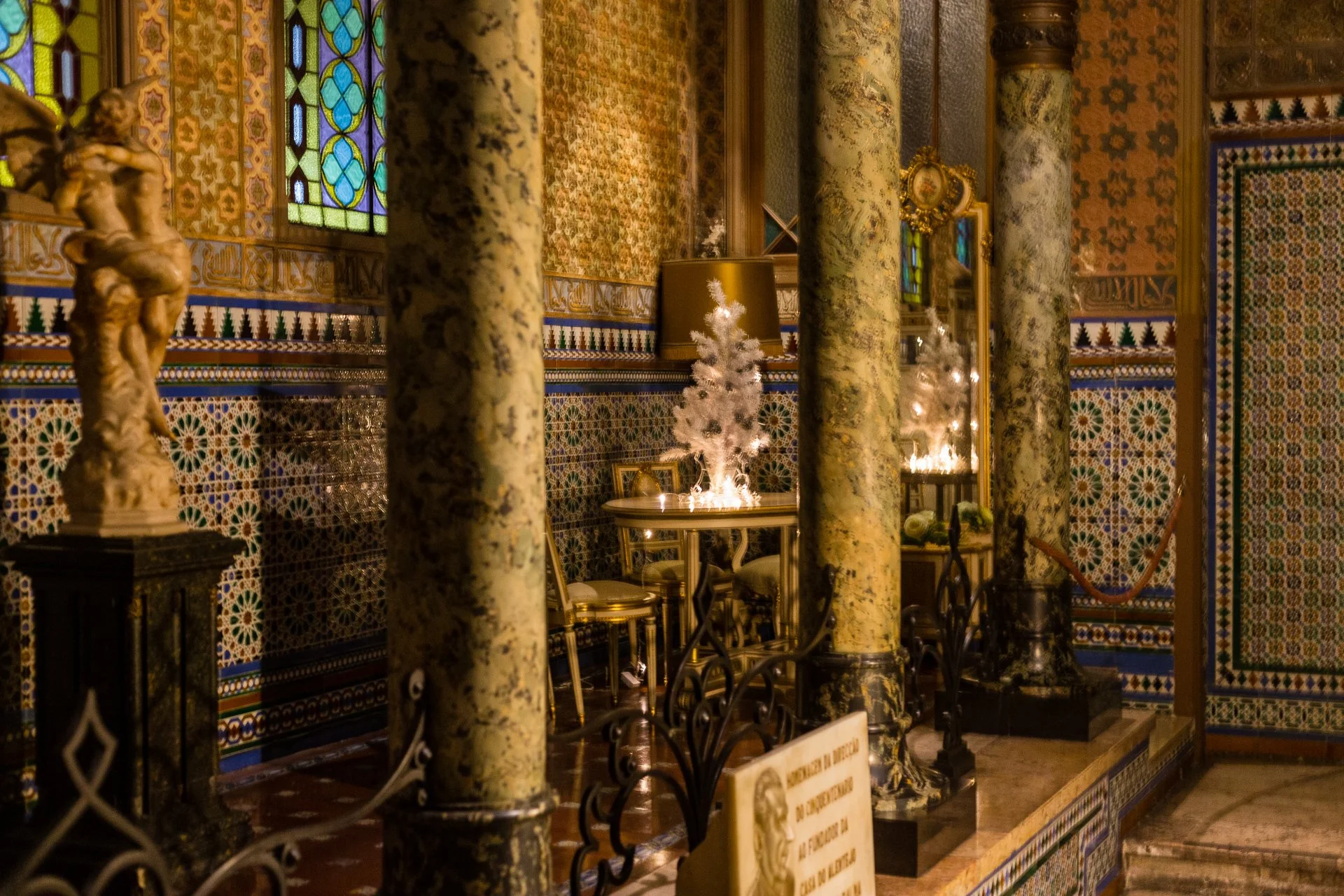Lisbon
Ponte 25 de Abril
With just over a half-million inhabitants, Lisbon is Portugal’s largest city and its capital. Devastated in 1755 by a unique earthquake, the city is a mix of history and modernity. Divided, as many capitals are, by a river, Lisbon is a more touristy destination than Porto, more chic to Porto's hipster vibes.
Sights & Culture
Torre de Belém
A beautiful tower on the edge of the water.
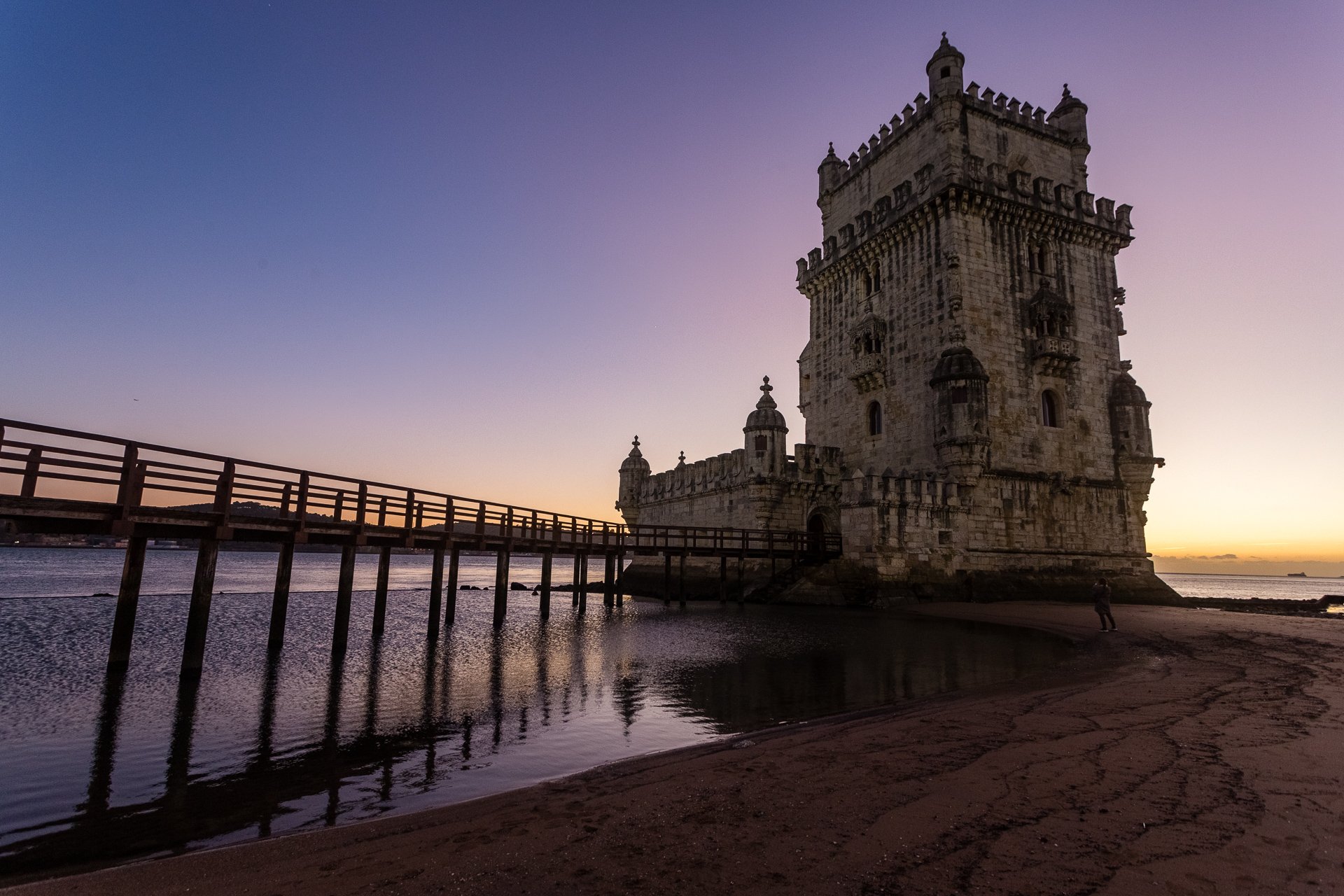
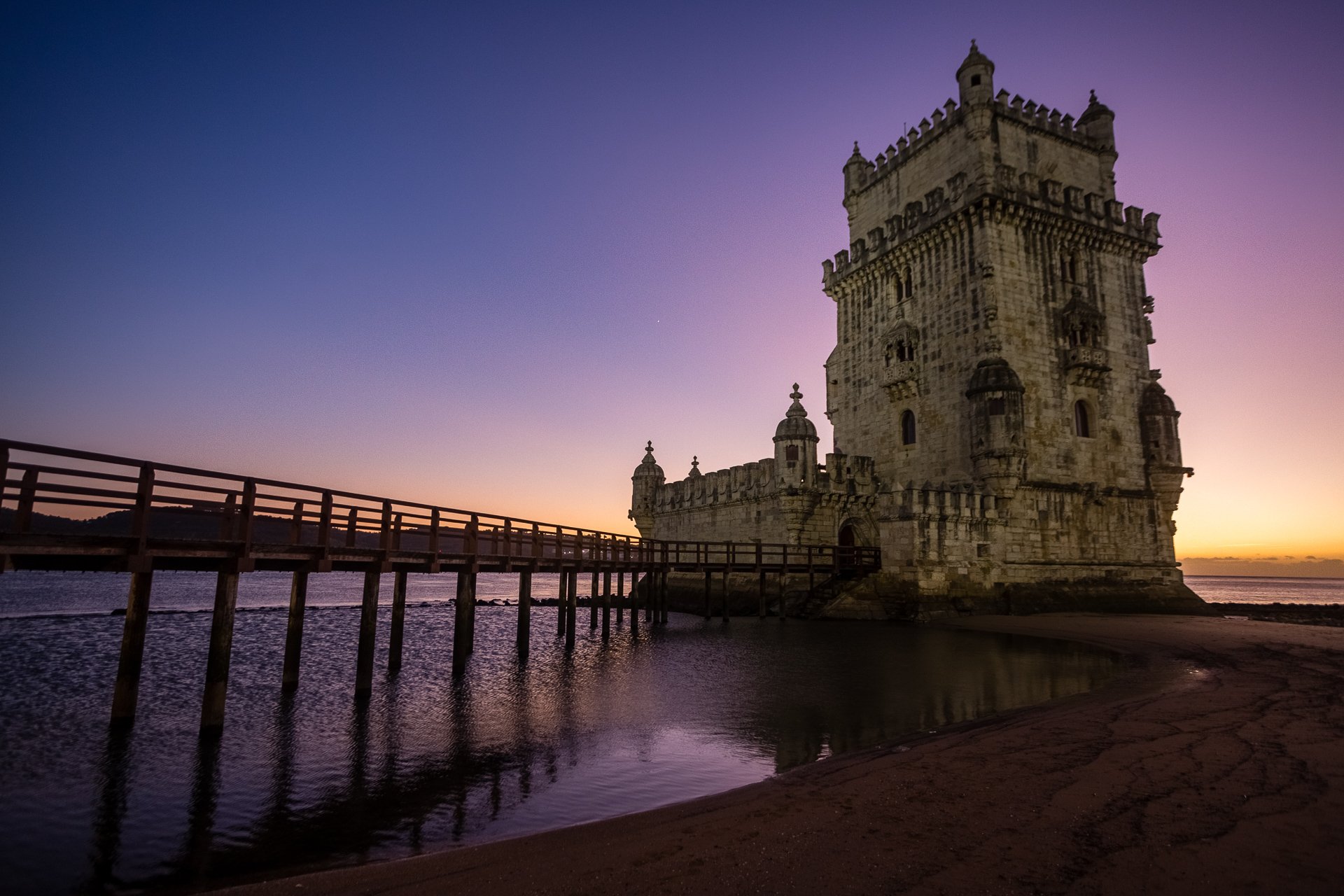
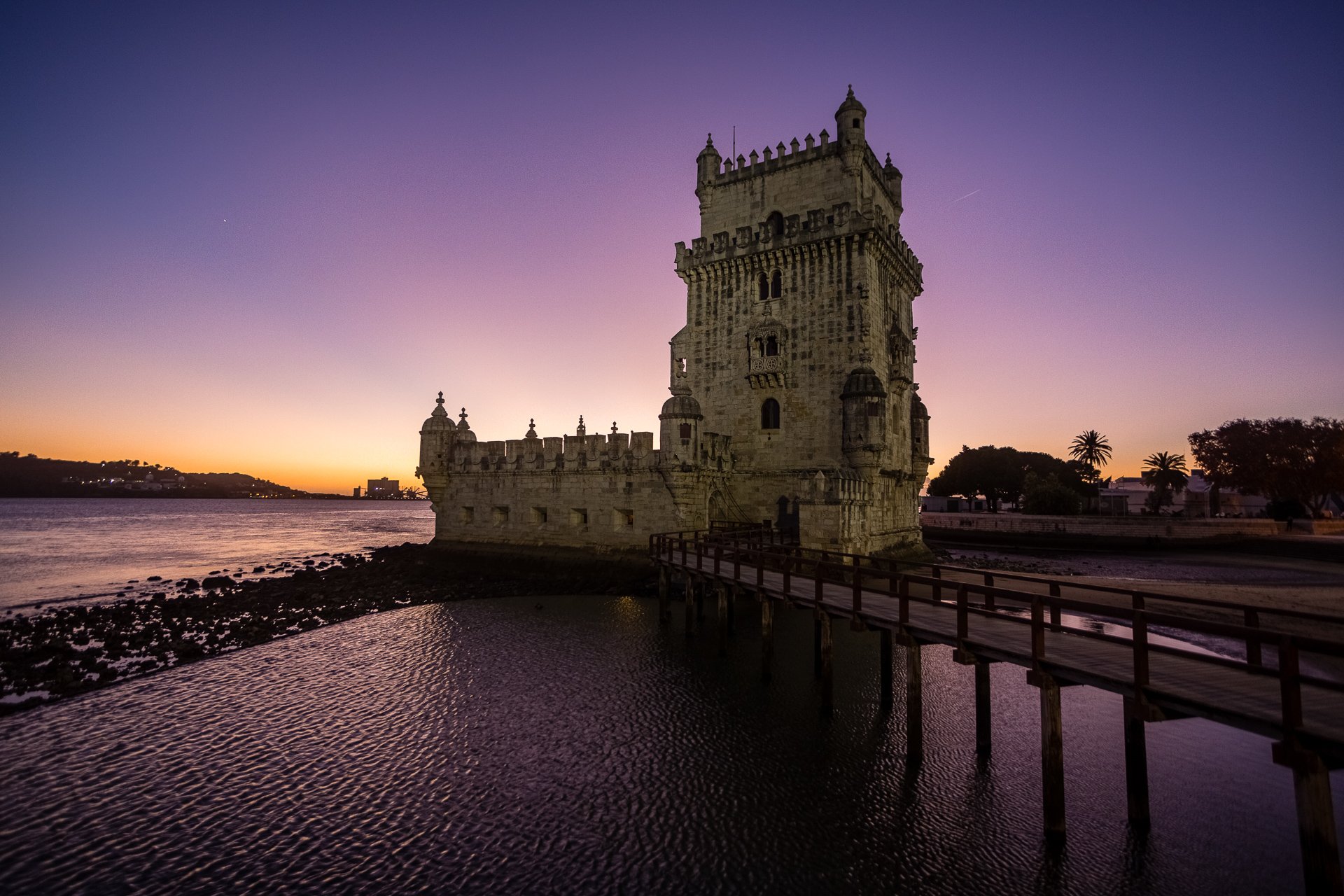
Built in 1514, has spectacular decorative overlays to the functional structure of the building. It is a perfect place to take photos of the sunset.
Doca do Bom Sucesso
Doca do Bom Sucesso
One of several marinas along the river, it is filled with yachts.
Farol de Belém
Farol de Belém
Belem lighthouse is surprisingly tiny, not even higher than the nearby Padrão dos Descobrimentos monument.
Padrão dos Descobrimentos
Built in 1940 by Cottinelli Telmo and Leopoldo de Almeida and twenty years later made permanent on the 500th year since Henry the Navigator died.
Padrão dos Descobrimentos
A short series of steps lead out to a viewing platform through the monument's centre.
Centro Cultural de Belém
A large venue built in the '80s and hosting art, culture, and music events. A few shops and cafes dot the facility. It almost looks like a fortress from a distance, with the uniform stone and square-cut shapes.
Centro Cultural de Belém
Inside, you can also find the modern art museum, and next door is the Jerónimos Monastery.
Mosteiro dos Jerónimos
Hugely impressive and spread across one side of the Jardim da Praça do Império with the Cultural Centre on another. the Monastery is a late gothic masterpiece.
Original construction began in 1501 and took over a hundred years to complete. It housed Hieronymite monks whose responsibility was to pray for King Manuel's soul and provide spiritual assistance to navigators and sailors.
They kept to this duty (at least the second part) for over four hundred years.
Inside, an expansive courtyard is ringed by a two-story balcony.
Terreiro das Missas
Terreiro das Missas
An outdoor courtyard.
Agoas Livres de Anno 1821
Agoas Livres de Anno 1821
A historic fountain on the main road leading to MAAT.
Chafariz das Janelas Verdes
Chafariz das Janelas Verdes
A charming plaza facing the rear entrance to the Museum of Art of Antigua.
Ascensor da Bica
Ascensor da Bica
A historic cable car going from Rua De São Paulo up the steep hill to Tv. do Sequeiro. Two cars run, passing each other in the narrow ridge lined with shops.
Pink street
Perhaps oversold as a 'street', the pink painted pavement is vibrant but does not run the entire length of R. Nova do Carvalho just reaching a few bars. Those in the boundary of Pink Street lean into the aesthetic with rainbow colours.
However, when your feet touch Pink Street, you become very aware of how uniform streets are, blacks and greys.
Praça do Município
Praça do Município
Facing city hall, this square has a few vendors selling snacks and a tall spiraling monument named Pelourinho de Lisboa.
Pelourinho de Lisboa
Arco da Rua Augusta
The busy thoroughfare of Arco da Rua Augusta
Completed in 1875, the Arch is the entryway to the city from the Praça de Comércio and the Cais das Colunas. Sculpted figures adorn the summit with a massive coat of arms in the centre.
Praça de São Paulo
Praça de São Paulo
This small square has lots of stone benches and kiosks facing St Paul's church.
Praça Luís de Camões
Praça Luís de Camões
Centered on a statue of the eponymous poet, this historic square is a popular meeting spot for locals.
Praça do Comércio
Praça do Comércio
Perhaps the largest square in Lisboa, though Praça Dom Pedro IV will no doubt dispute it, the Praça do Comércio is a wide stone square with a statue of Dom José I on a horse in the centre. Facing the courtyard is Arco da Rua Augusta with Cais das Colunas opposite on the waterfront. The other two sides are made up of restaurants, clubs, and the Story Centre of Lisbon.
Praça Dom Pedro IV
The Central plaza of Lisbon with two baroque fountains and a bustling scene of cafes.
As it was Christmas, the plaza was home to a small winter market, with Santas, clowns, and wood cabins during my visit. As well as a Covid testing facility with long outdoor queues, which seems a poor choice of locations.
Chafariz do Carmo
Chafariz do Carmo
An 18th Century fountain in a small plaza facing the Carmo Convent ruins.
Elevador de Santa Justa
One of several cast iron elevators scattered around Lisbon, giving easy access to the different levels of the city. Stunning craftsmanship.
Teatro Nacional D. Maria II
Teatro Nacional D. Maria II
At the north end of the Praça Dom Pedro IV, the massive National Theatre can be found with its columned entrance.
Igreja de Santa Maria Madalena
Igreja de Santa Maria Madalena
This small church is a stop on the walk up to the cathedral of Lisbon. Much smaller, but not without its charm.
Igreja de São Paulo
Igreja de São Paulo
One of the more central churches in Lisbon, the Church of Saint Paul, has a unique wooden painted ceiling. Closed during my visit.
Igreja de Santo António de Lisboa
Igreja de Santo António de Lisboa
An 18th Century baroque church between St Maria Madgele and the Cathedral, St Anthony's Church is unusual as it is on the edge of the road on one side and built into the block on the other.
Sé de Lisboa
A mismatch of architectural styles due to repeated damage from earthquakes, the Lisbon Cathedral is an island surrounded by roads. A busy 'taxi' station operates immediately outside with the small white cards, saving those planning to walk to the castle if so desired.
Sé de Lisboa
Initially constructed in the 12th Century, it is the oldest church in Lisbon.
Castelo de S. Jorge
High on the hill, with spectacular views across Lisbon and the water, the Castle of St. George is well worth the climb. Originally from the 11th Century, this Moorish hilltop castle hosts an Archaeological museum.
Gardens, several viewpoints, outdoor seating, and cafes make this a place you can spend quite some time.
The museum houses artifacts from the centuries of the castle's occupation.
Monumento aos Restauradores
Just north of Praça Dom Pedro IV, this monument can be found on a busy intersection and memorialises the victory in the Portuguese Restoration War.
Cais das Colunas
Cais das Colunas
An 18th-century quay on the edge of Praça do Comércio, these two stone columns flank marble steps into the ocean and give a lovely spot for sunset views.
Museums & Galleries
Museu de Arte Popular
The Popular Art Museum is not what you'd expect from the name. Rather than pop art or modern art, it is currently hosting a sizeable exhibit on local weaving techniques. Closed during lunch, the museum is close to the waterfront and faces Mosteiro dos Jerónimos.
Woven display at the Museu de Arte Popular
Whilst I was there, the curator was giving a personal tour to some American's heavily involved in their nation’s weaving, which led to some interesting information on the dying practice in Portugal as I eavesdropped from a distance. Few of the later generations are learning the techniques, and the masters are getting older. One of the reasons for the display was to try and bring attention to the issue.
Museu Coleção Berardo
Near to both Mosteiro dos Jerónimos and Museu de Arte Popular and housed in Centro Cultural de Belém, the modern art museum of Lisbon is sizeable and has a robust collection. Works by Picasso, Bacon, and Warhol can all be found in their permanent international collection, and local and new artists are given a large amount of space to shine.
Museu Nacional de Arqueologia
Located on the grounds of Jerónimos Monastery, you can buy a ticket covering the entrance to both, and I recommend doing that. The collection is relatively small and seems smaller if you come straight from the nearby modern art Museu Coleção Berardo.
But the collection is lovely. Its just surprising how much of it is Egyptian
MAAT
Carsten Höller's work on light and darkness fill MAAT's amphitheatre of space. Cameras following you with spotlights, dark mazes through corridors and the light wall all offer visitors the chance to engage with light.
Further inside, the famous 'two beds' two motorised beds slowly moving through space and marking their passage with pens on the floor.
A small handful of guests are offered the chance to participate by spending the night on these traveling mattresses.
Central Tejo
Tejo Power Station forms the second part of MAAT. Where MAAT is a vast new modernist building focused on giving space to artists, Tejo Power Station feels crowded with its collection.
Modern art vies with information on the plant itself.
In one isolated corner, some risqué images and cultures form their own gallery.
Museu Nacional de Arte Contemporânea
Museu Nacional de Arte Contemporânea
Showcasing Portuguese art from 1850 to the present day is another large art museum. It has a broad collection of local artists. Not as striking as MAAT, it is still more than worth a visit.
Convento do Carmo
The gothic-style church was destroyed by the famous earthquake of 1755. broken statues and a building open to the air give you a chance to appreciate what once was there, and inside the standing parts, a small museum of religious artifacts can be explored.
Additionally, a projector show, making excellent use of projection mapping, gives the history of the convent.
Museu da Carris
Closed during my visit for Covid related reasons, you can still see many trams as you walk past.
Museu Nacional de Arte Antiga
Given its name, the art of Antigua makes up a surprisingly small part of the collection, with a large exhibition of European art, particularly religious art, filling several of the floors. The collections cover paintings, sculptures, gold and silverware, and furniture and ceramics, so from that perspective, it is one of the most diverse museums.
One of the most extensive sections of Antigua art are recreations of unheard stories, placing Antiguan voices centrally in Portugal's history.
Museu da Marioneta
A museum dedicated to puppetry, with examples from around the world, including Africa, Asia, and South American puppets and masks.
A small exhibit of Tim Burton's work could be seen during my visit, including models from Mars Attacks! (1996), Corpse Bride (2005), and Frankenweenie (2012).
Museu do Dinheiro
A surprisingly exciting and hands-on museum focused on coin making and the printing of banknotes, the Money Museum has many hands-on opportunities to better understand money and counterfeiting. Once a baroque church, it is now a museum with strict and robust security.
Lisboa Story Centre
Sat around the edge of Praça do Comércio, the Lisboa Story Centre is more audio tour than a museum. Each section has models or screens, but the actual information comes from the audio tour. The experience ends with an immersive projection and shaking room showcasing the devastating 1755 earthquake. If you're paying attention, you'll notice the destruction of Convento do Carmo.
Museu de Lisboa - Teatro Romano
Museu de Lisboa - Teatro Romano
On the way up to the castle, the unearthed Roman Theatre of the city of Olisipo can be seen. With excavations outside and inside and well-curated artifacts, it is a good museum for fans of Roman history.
Parks & Gardens
Jardim da Praça do Império
Jardim da Praça do Império
A square garden of water features and grass next to Centro Cultural de Belém and Jerónimos Monastery gives both buildings a pretty frame.
Miradouro de Santa Luzia
Miradouro de Santa Luzia
One of several observation decks on the climb up to the castle, Santa Luzia offers views across the river.
Miradouro das Portas do Sol
Miradouro das Portas do Sol
Another viewpoint on the way to the castle, Portas do Sol, gives you a chance to see the city.
Miradouro do Castelo de São Jorge
View over Porto and the river from Miradouro do Castelo de São Jorge
The castle's viewpoint gives the finest view over the city, showcasing the river and the bustling downtown areas.
Restaurants & Bars
Confeitaria Nacional Belém
A pastry cafe near the Torre de Belém with indoor and outdoor seating. The pastries are excellent.
A Vela / Associação Regional de Vela do Centro
A local seafood restaurant specialising in shellfish over fish, everything is freshly caught, so there may be change to what's on the menus. The deserts are surprisingly rich.
Leitaria da Junqueira
A tiny pastry shop on the corner leading down to MAAT was a great place to stop for a quick coffee and a pasteis.
Cafetaria do Museu Nacional de Arte Antiga
Not a typical cafateria.
Offering a lovely outdoor space, the cafeteria in the Museum of Antiguan Art is a reasonably typical museum cafe in other regards, but the venue is worth a stop.
Time Out Market Lisbon
Time Out Market food hall
Always busy, the Time Out Market is a food hall offering a vast array of choices from pizza to seafood, local cuisine, or authentic Chinese. Go with friends if you can and create your own kind of Tapas experience by sharing.
Squisito Lisboa
A reasonably touristy Italian restaurant facing the Praça do Comércio, the pizzas are good, the service was excellent, and there was a lot of space between the tables.
Fabrica Coffee Roasters
Absolutely fantastic hipster coffee venue. Does a stellar latte.
Restaurante O Chiado
Great 'homestyle' restaurant. Good food without pretension, it is a small venue. I ended up in the full-length window seat, which is a slightly peculiar experience.
Casa do Alentejo
Casa do Alentejo
Strongly Moroccan influenced restaurant, that takes some finding. It's tucked away, up some stairs, and through a Moroccan style courtyard. The food was fantastic and incredibly plentiful.
Bella Ciao
Traditional Italian, with long sharing tables and great pasta. A local favourite, often with the football up on the TVs.
Pastelaria Santo António
Downstairs bakery with an upstairs seating area gives a bit of a 'chain' vibe.
Sports & Activities
Jardim Zoológico de Lisboa
The Lisbon Zoo is somewhat out of town but worth the effort to reach. The Zoo has a diverse range of animals, all with reasonable space. Pride of place are the tigers and bears, but there is an excellent primate section to the Zoo that shouldn't be missed.

